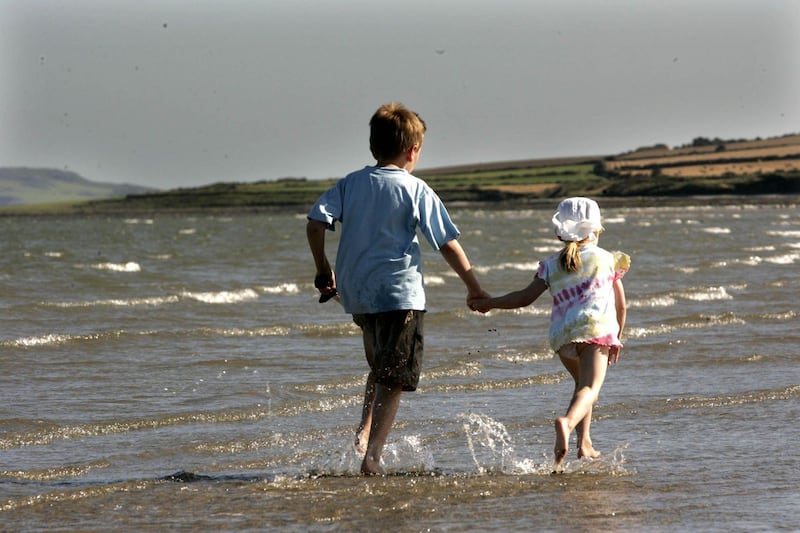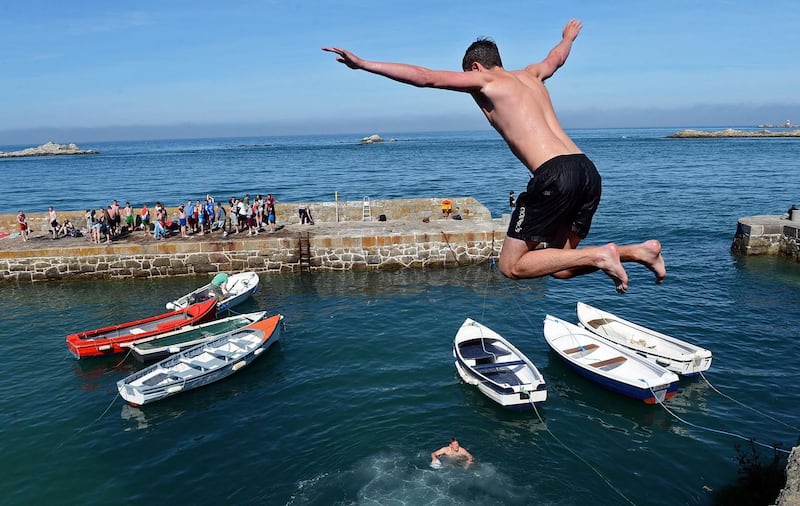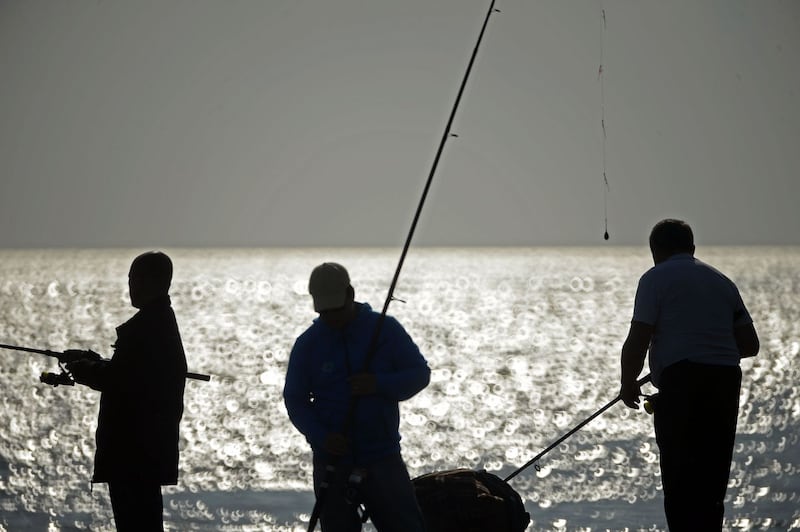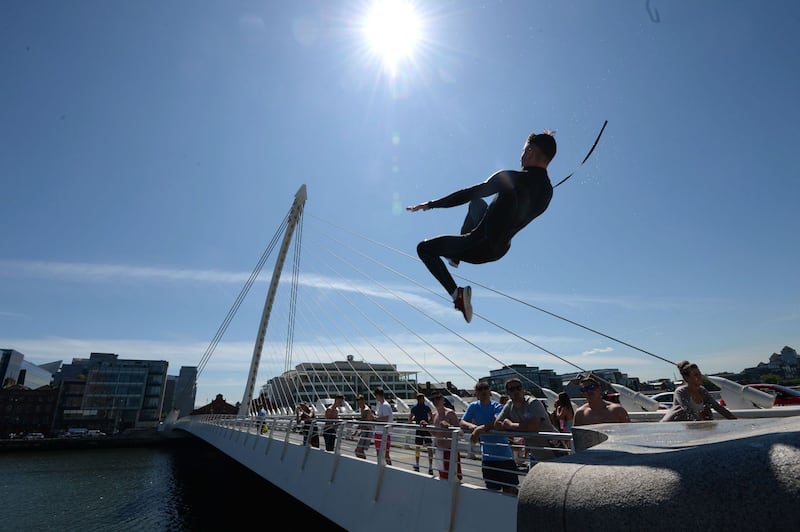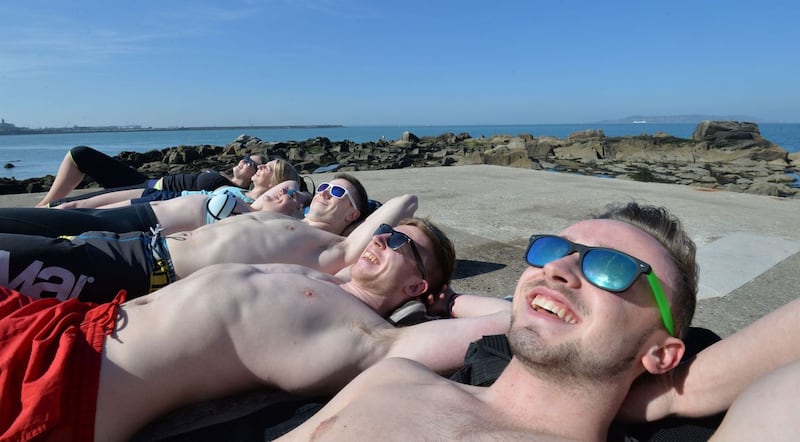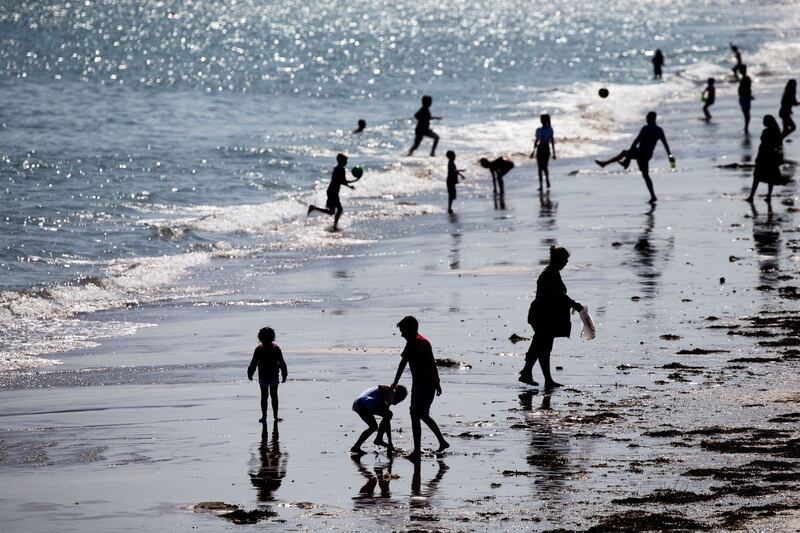The Irish Times has teamed up with Harvey Norman for our Summer Pix 2019 photography competition. Send us your best photographs of the summer and you could win a Canon EOS 2000D or Canon EOS 4000D digital SLR camera.
It's easy to enter. You can take your photographs with any camera or smartphone, as long as you take them in summer 2019; then all you need to do is upload your high-resolution images – you can send up to five – via the electronic form provided, by the closing date of Tuesday, August 13th, 2019.

The overall winner will receive the Canon EOS 2000D. The Canon EOS 4000D will go to the best entry on the theme of Summer of Family. Both cameras are courtesy of Harvey Norman.
Each Tuesday we’ll publish the best of that week’s photographs, and on August 20th, 2019, we’ll publish the winning photograph. (We cannot respond to each entry, but will be in touch if your photograph is going to be published.) The competition closes on Tuesday, August 13th, 2019.
You can read more about the prizes below, as well as picking up some expert advice from the award-winning Irish Times photographer Alan Betson.
THE PRIZES

Overall prize
Canon EOS 2000D with 18-55mm IS II lens
Easily tell superb stories with detailed photos and cinematic full-HD movies full of colour, even in difficult light, using the 24.1-megapixel EOS 2000D. Share instantly and shoot remotely with wifi and the Canon Connect app.
Summer of Family-themed prize
Canon EOS 4000D with 18-55mm DC lens
Create outstanding photos and movies full of detail and colour with this easy-to-use 18-megapixel DSLR. Instantly share and shoot remotely with wifi and the Canon Connect app.
The prizes are as stated and are nontransferable. No cash alternatives will be offered. Full terms and conditions here
ALAN BETSON’S EXPERT ADVICE
Summer sunlight brings beautiful colours, atmospheric skies and beautiful landscapes, but it also brings challenges: harsh shadows under the eyes, squinting, endless samey sunsets.
Generally, the most beautiful summer light is to be found early morning and late evening, during the hour after sunrise and before sunset. At other times of the day, the best light is to be found in the shadows, especially if the sun is beating down on a nearby wall, reflecting a soft glow into the nearby shadows. Shooting into the light is generally the most interesting, but beware lens flare.
I am slow to pick up a camera outside work hours, but my wife and children do a mighty job with an iPhone and family compact camera. I advise them to take loads of photos and try to improve on each shot.
Move into the best location to get the best composition; this could be up high or down low.
The importance of background cannot be overstated: a high-vis jacket has ruined many a good photograph.
What makes good photographs? Simplicity, composition, timing, lighting and emotion. The best photos will have some or all of these
Photography should be fun, so I tend to work swiftly with people, especially kids.
Many people do not like having their photo taken, so the odd quip or bit of banter goes a long way. Always be positive with the people you are photographing – everybody loves a compliment – and this will be reflected back into your lens.
Smartphones have revolutionised photography, but they come with limitations. Don’t try to zoom, as the resulting images will just pixelate. Crop the photo later if you must. Check out the panoramic function for something different. Smartphone flashes tend to be poor, so go with the good low-light capabilities but steady your arms on a hard surface or lock your elbows into your body to avoid camera shake and the dreaded blur.
Explore the exciting world of GoPro with underwater housings and wide-angle lenses. The time lapse can be stunning.
Compact cameras have taken a bashing from the smartphone, but they are the next step up on the road to a DSLR. They offer optical zoom, which creates really nice portraits.
For those with DSLR cameras, wrestle back control of your photography from the many modes. Keep it simple. Outdoors, choose either the shutter speed or the aperture and let the camera choose the other. Master the camera’s depth of field; head towards f/4 or f/2.8 to get the subject sharp and the background way out of focus. Indoors, if there is not enough light, switch back to manual, bouncing the flash off a ceiling or wall behind you to get a softer light. Keeping the shutter speed around 60th sec and lens aperture around f/5.6 generally will give the best results.
Sunsets we are a little bored with, but if you can work the silhouette of something interesting into the foreground – such as kids jumping into the sea – they can be amazing.
What makes good photographs? Simplicity, composition, timing, lighting and emotion. The best photos will have some or all of these.
Most importantly, enjoy your photography and have fun.
Here are some Irish Times photographs to help point you in the right direction.
